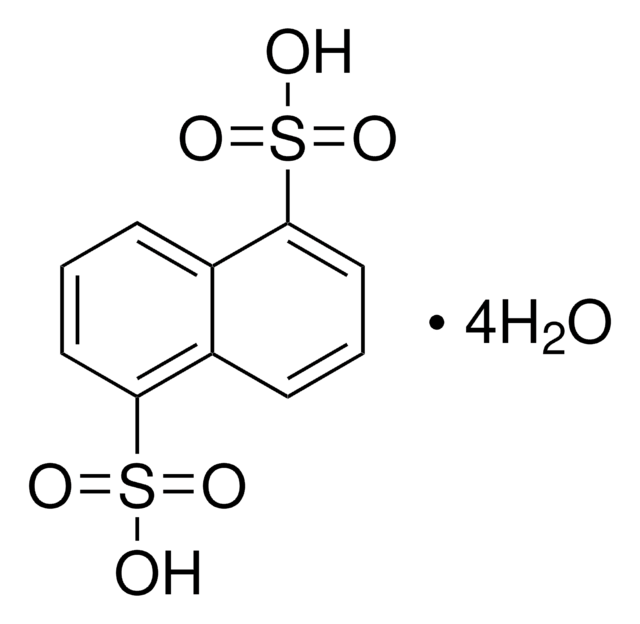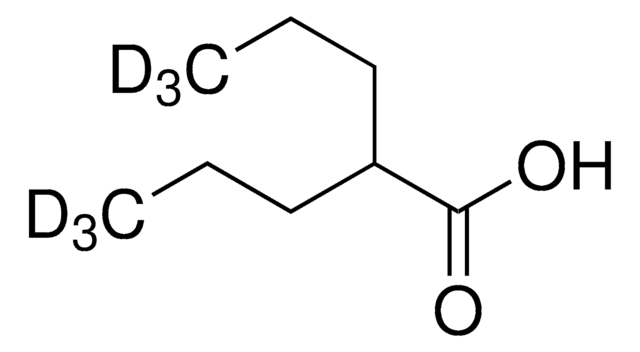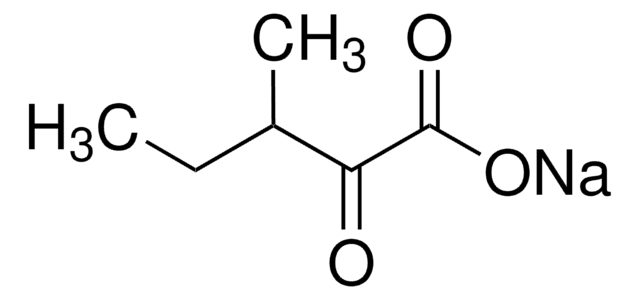P6273
2-Propylpentanoic acid
Sinonimo/i:
Valproic acid
About This Item
Prodotti consigliati
Livello qualitativo
Indice di rifrazione
n20/D 1.425 (lit.)
P. eboll.
220 °C (lit.)
Solubilità
H2O: slightly soluble
alcohol: soluble
Densità
0.9 g/mL at 25 °C (lit.)
Tipo di lipide
saturated FAs
Stringa SMILE
CCCC(C(O)=O)CCC
InChI
1S/C8H16O2/c1-3-5-7(6-4-2)8(9)10/h7H,3-6H2,1-2H3,(H,9,10)
NIJJYAXOARWZEE-UHFFFAOYSA-N
Informazioni sul gene
human ... ALDH5A1(7915) , CYP1A2(1544)
mouse ... Hdac1(433759)
rat ... Slc6a1(79212)
Cerchi prodotti simili? Visita Guida al confronto tra prodotti
Applicazioni
Azioni biochim/fisiol
Avvertenze
Danger
Indicazioni di pericolo
Consigli di prudenza
Classi di pericolo
Acute Tox. 4 Oral - Eye Dam. 1 - Repr. 1A - Skin Irrit. 2
Codice della classe di stoccaggio
6.1C - Combustible acute toxic Cat.3 / toxic compounds or compounds which causing chronic effects
Classe di pericolosità dell'acqua (WGK)
WGK 3
Punto d’infiammabilità (°F)
231.8 °F - closed cup
Punto d’infiammabilità (°C)
111 °C - closed cup
Dispositivi di protezione individuale
Eyeshields, Faceshields, Gloves, type ABEK (EN14387) respirator filter
Certificati d'analisi (COA)
Cerca il Certificati d'analisi (COA) digitando il numero di lotto/batch corrispondente. I numeri di lotto o di batch sono stampati sull'etichetta dei prodotti dopo la parola ‘Lotto’ o ‘Batch’.
Possiedi già questo prodotto?
I documenti relativi ai prodotti acquistati recentemente sono disponibili nell’Archivio dei documenti.
I clienti hanno visto anche
Il team dei nostri ricercatori vanta grande esperienza in tutte le aree della ricerca quali Life Science, scienza dei materiali, sintesi chimica, cromatografia, discipline analitiche, ecc..
Contatta l'Assistenza Tecnica.

















